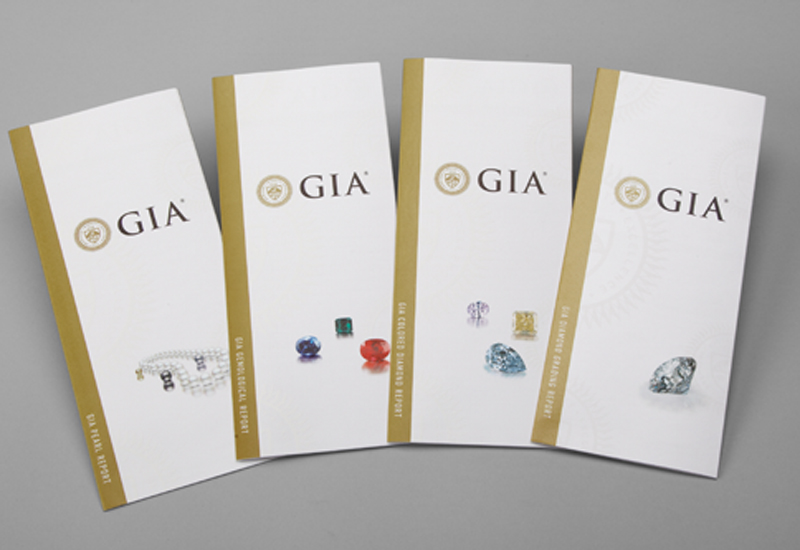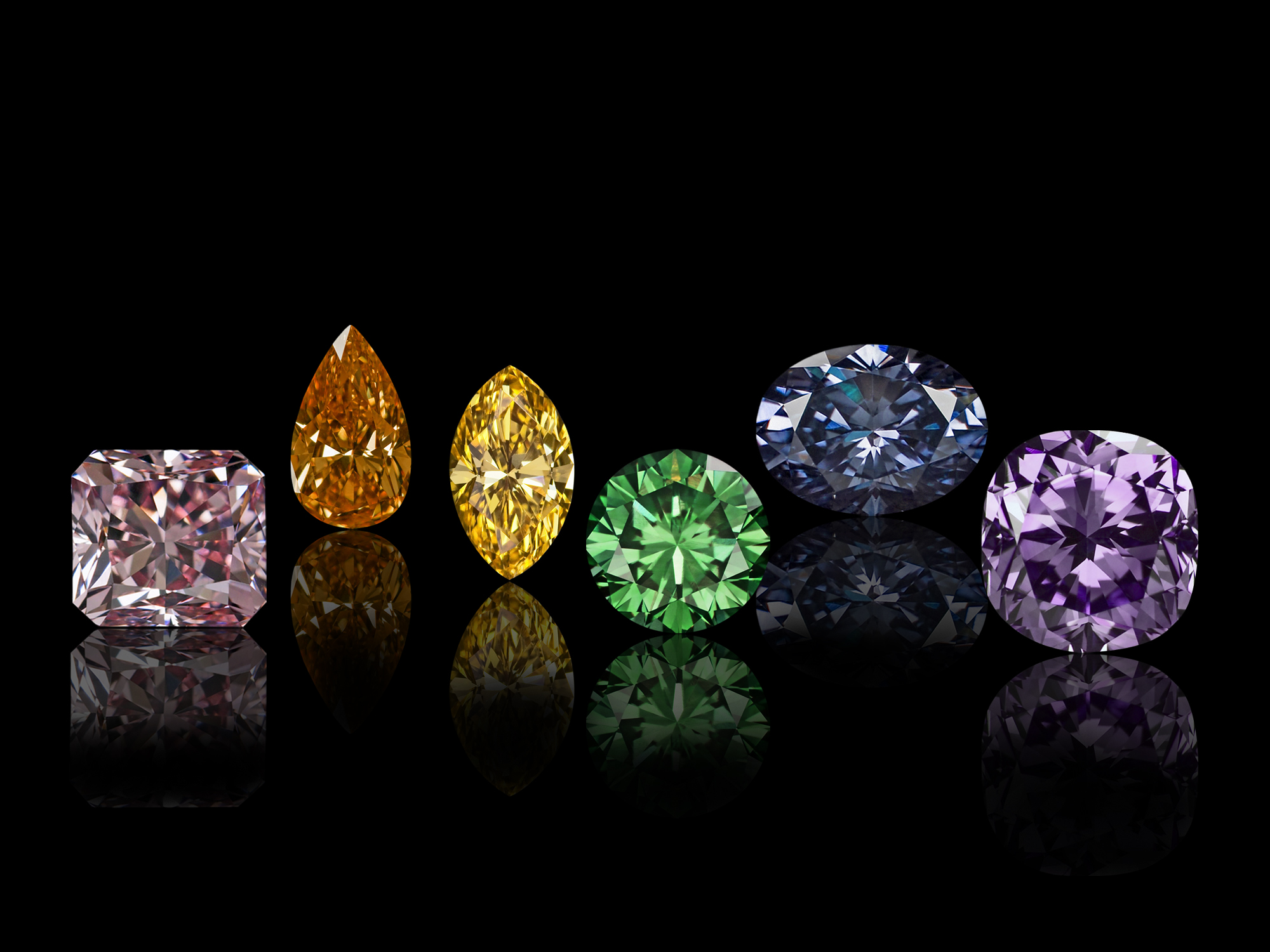
Date – this refers to the date when the report was printed not when the stone was graded.
Report type – “Identification and Origin Report” shows the color of the diamond and describe the color origin as natural or treated. “Color Diamond Grading Report” provides a full quality assessment of the color diamond.
GIA Report Number — every stone examine by GIA will generate it’s unique number. This number will shows on the report, this number may or may not laser on the girdle of the stone.
Shape and cutting style – Marquise Brilliant means Marquise Shape and in Brilliant Cut
Measurements — 8.09 (Length) x 4.35 (Width) x 2.53 (Height)
Carat Weight – i.e. 0.59 carat (100pt = 1 carat), so we also call it 59 pointer. If it’s 1.59carat, we call it 1carat 59.
Color Grade – Color grading is a combination of Hue, Saturation and Tone. These 3 combine together will be the color that appear on the certificate.
Above example, “Yellow- Orange” refers to the Hue of 2 colors equally present
“Saturation” refers to the of the strength or weakness of the color, above example is “Vivid” which is a strong color
“Tone” refers to the relative lightnessor darkness of the color
Color Origin – To know if it’s a natural stone or treated. If Natural, means the stone doesn’t have any man- made process to increase the color/ produce it.

Color Distribution – This refers to the evenness of the distribution of the color when GIA examine the stone. “Even” means color symmetrical in over 50% of the stone, “Uneven” means color asymmetrical in over 50% of the stone. “ Not applicable” applies when the color grading fall into “Faint”, “Very Light”, “Light ” that GIA count these case are not easy to determine whether the color distribution is Even or Uneven. So “Not Applicable” applied.


